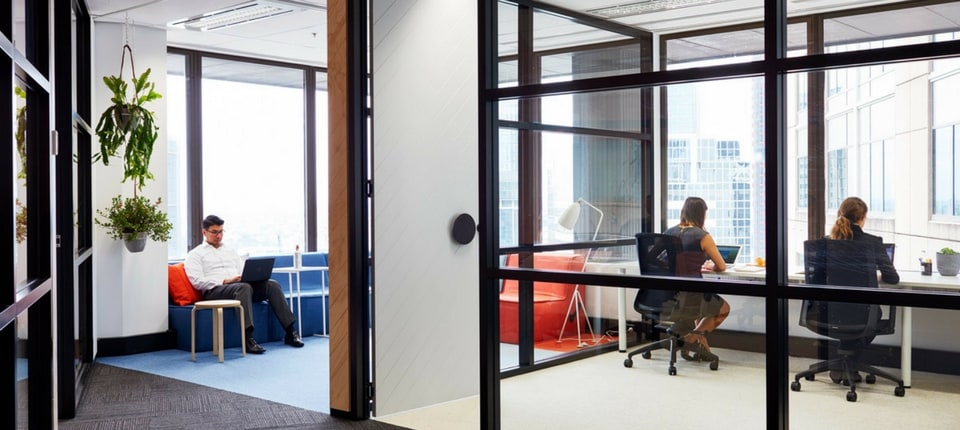Australian economy is booming and many small and medium sizes businesses are moving out of their owners’ homes and co-working spaces into real downtown offices. This is a big step, and it usually signals that a business is ready to expand and start interviewing potential employees and meet with clients.
A modern digital office needs to be more than a space for meetings, however. It needs to be fully digital and able to sustain the needs of a global and always evolving business. When setting up such an office, it’s these needs that have to be taken into account.
A holistic approach
It’s best to take a holistic approach with a digital office. It should be a place where home-based, remote and traditional work come together. Since most modern businesses have at least some employees working from home or remotely, the office should serve as headquarters and allow them to easily integrate into your work process when they visit.
At the same time, a fully serviced office in Melbourne needs to have all the commodities required for a traditional office setup. Meeting rooms and presentation facilities are an important part of such an office, even though they aren’t necessarily “digital”.

Adaptability
If you want to make it in the modern business world, you need to plan for the business you want, not just the one you have at the moment. The office needs to reflect this fact as well and it’s best accomplished by making the space as adaptable as you can. A big part of it is being prepared to purchase or rent more office space than you need at the moment in order to expand quickly.
When you’re adapting a workspace, always consider how easy it would be to change it so that it can take in more employees, since that’s the most important modification you have to make.
Electricity
It may seem like requiring electricity from a modern office is a bit redundant, but you’ll be surprised how many companies have a problem with their grid early on. Old (and beautiful) buildings in the old part of town often don’t have the capacity to support all the devices a modern business needs, especially when it comes to storing a lot of data.
When you’re purchasing or renting an office, it’s best to hire an electrician and explain to them how you plan to use the space in the future. That way, they can inspect the building and tell you how much modification you’ll need to make.
Collaborative work space
In the end, an office needs to be collaborative both for those who occupy it and those who work remotely and use it just as a base. For a while now, there was a misconception that a collaborative space means an open floor space, but finally that trend is passing.
The key to having a productive space is to know what your workflow will look like and to design the workspace around it. It should account for the fact that some work needs to be collaborative, but also that many employees need their privacy to work.
A modern digital office should be a representative space designed for meetings and working with clients. At the same time, it needs to accommodate both the full-time employees and those who work remotely and only visit the office every now and then. Bear these tips in mind, and you’ll be able to create a convenient work space for all.

